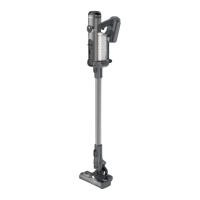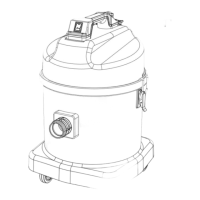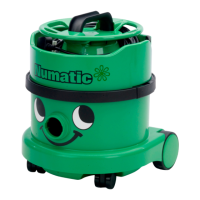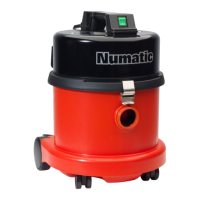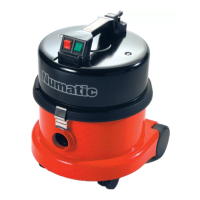Defective Batteries
1. If a customer wishes to return a battery to a supplier, then collection of the battery must be arranged by
the supplier, however, Faulty batteries must not be returned through the postal system or by courier.
2. If on return to a supplier, OR at a customer base, a suspected defective battery shows any signs of
impact damage, distortion, blistering, loose parts or leakage then on no account should it be o ered for
condition checking. It must be considered defective and the procedures described from item 8 below
should be followed.
3. If, on return to a supplier, OR at a customer base, a suspected defective battery, that shows No signs of
impact damage, distortion, blistering, loose parts or leakage, may be o ered for condition checking with
an appropriate battery condition checking device operated by a competent person.
4. If checking shows the battery to be defective then the procedures described from item 8 below should
be followed.
5. If on checking the battery is found to be operational then a single recharge cycle under observation can
be attempted with the appropriate Numatic charger.
6. If the battery recharges correctly on this single recharge cycle then it can be deemed a good battery.
7. If the battery fails to recharge correctly on this single recharge cycle then it must be deemed a defective
battery and the procedures described from item 8 below should be followed.
8. On no account must any further attempt to recharge be made.
9. A defective battery should not be stored inside buildings on any account.
10. The defective battery should be discharged by placing it in a container of salt water located in a well
- ventilated area.This container should contain 25 litres minimum of saline water at a concentration
of 15gr common salt / litre of water. The container should have a closed locked lid but should not be
sealed. The battery should be left fully immersed in the water to a depth of at least 100mm for at least 2
weeks. The water should be disposed of as hazardous waste when the discharge is complete.
11. The defective discharged battery can then be stored in a locked battery waste container which should
be plastic or plastic lined and placed away from buildings and clearly signed as a defective battery
container with appropriate warnings.
12. The batteries should then be sent for waste disposal according with your country’s waste regulations.
ATTENTION
Please follow all safety guidelines set out.
A defective battery should not be stored inside buildings on any account.
An example of a waste battery storage bin, keep well away from buildings.

